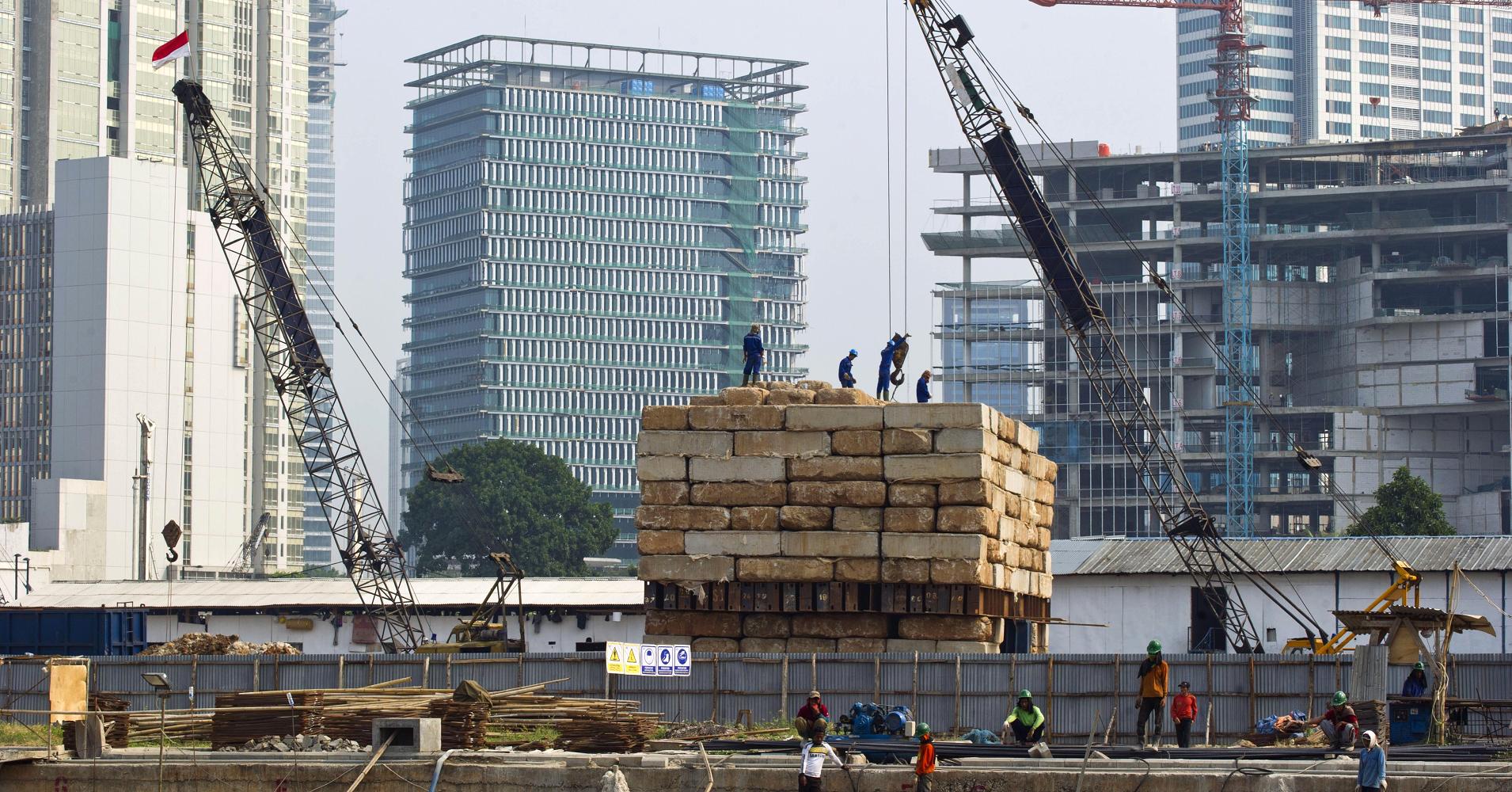Indonesia’s central bank is unlikely to cut its policy rate further this year. Bank Indonesia is sounding more confident about the growth outlook, both foreign and domestic. It is also set to loosen reserve requirement rules in July and October. This should support lending and further improve the transmission of monetary policy.
Bank Indonesia left its seven-day reverse repo rate unchanged at 4.25% on Jan. 18, in line with all the forecasts in a Bloomberg survey. This extends a pause after back-to-back rate cuts in August and September and a subsequent plunge in the rupiah (which has now unwound). The central bank maintained its forecast for growth of 5.1-5.5% in 2018. It still sees inflation holding within its target range, which has been lowered to 2.5-4.5% from 3-5% in 2017.
The central bank expects an ongoing global recovery to increase world trade volume and international commodity prices beyond levels recorded in 2017. It also expects domestic demand to pick up this year–buoyed by stronger investment, household consumption and fiscal stimulus. In contrast, at its December meeting it characterized the recovery at home as gradual and uneven, noting soft spots in consumption and investment.
The new reserve requirement rules will give banks more flexibility in managing liquidity, which should improve financial intermediation. Effective July 16, the daily reserve requirement for conventional commercial banks with rupiah holdings will be lowered to 4.5% from 5%. At the same time, their average reserve requirement for a two-week period will be raised to 2% from 1.5%. From Oct. 1, foreign exchange holdings and Islamic banks will be added to the average reserve requirement scheme.
Bank Indonesia reiterated that its rate cuts had been successfully transmitted through the interest rate channel (though not as much as expected), but not yet through the credit channel. A combination of soft demand for new loans and selective lending practices by banks has damped credit growth, which slowed to 7.5% year on year in November from 8.5% in October. Bank Indonesia expects bank lending to pick up to 10-12% this year from 8% in 2017, the same as its projections in December.
One hurdle for credit has been an increase in non-performing loans. These are slowly inching lower, declining to 2.8% of total assets in September from a peak of 3% a year earlier. Still, this is well above 1.7% in 2013.


